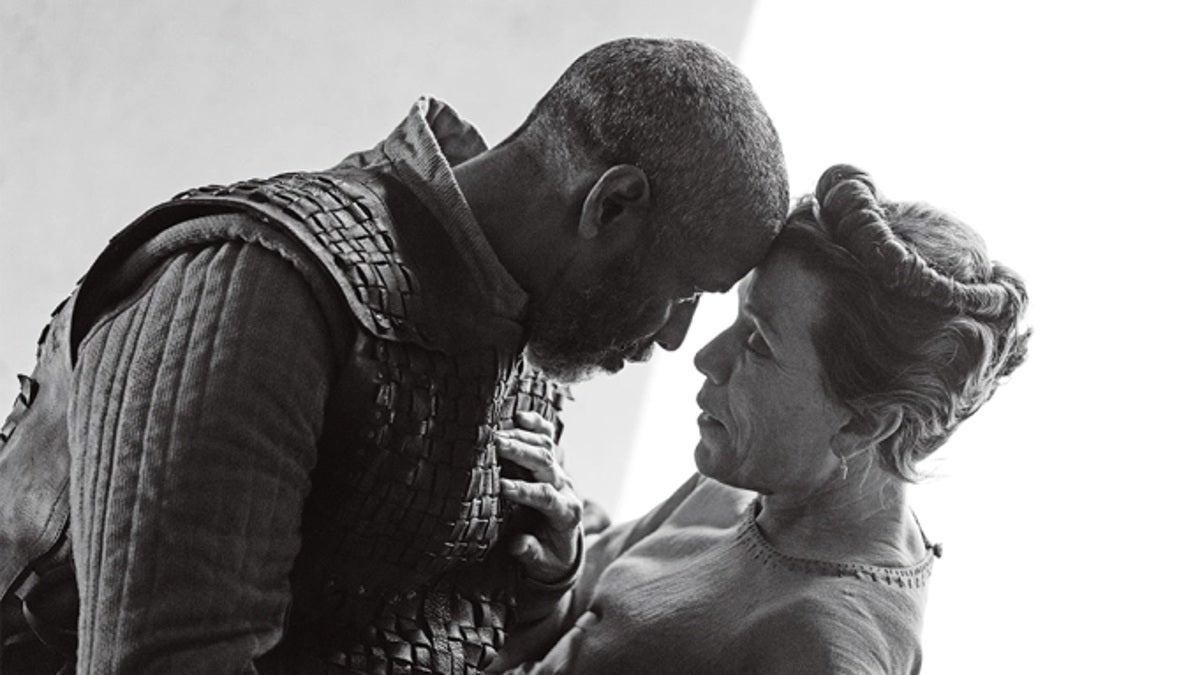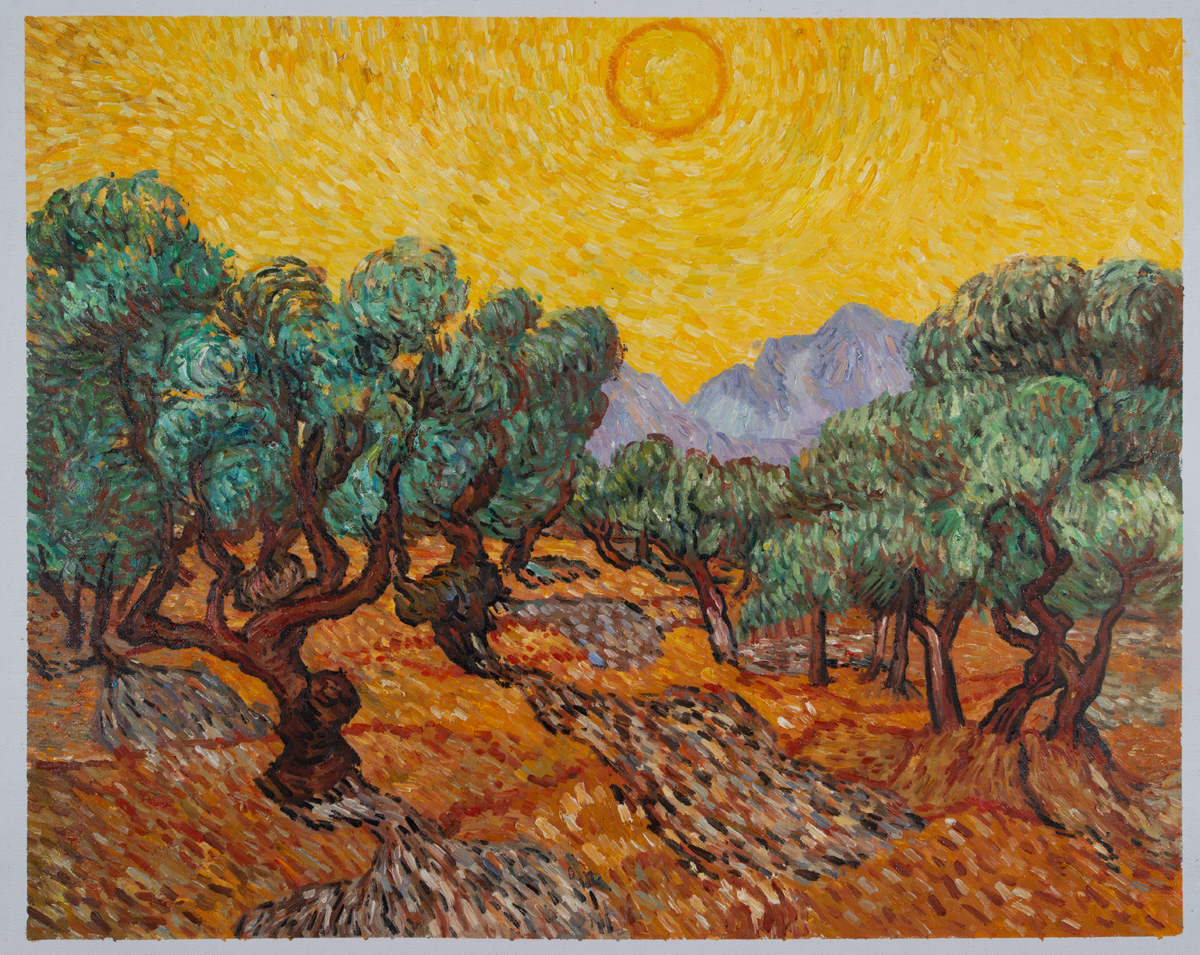Walk: 1. Legion of Honor, SFMOMA 2. T. Joe's, end of year errands
Distance: 1. 4.7 miles, small yoga 2. 3 miles, small yoga
So Ciwt ends 2021 with a thank you to her readers and hopeful wishes for all in the coming new year.
Walk: 1. Legion of Honor, SFMOMA 2. T. Joe's, end of year errands
Distance: 1. 4.7 miles, small yoga 2. 3 miles, small yoga
So Ciwt ends 2021 with a thank you to her readers and hopeful wishes for all in the coming new year.
Walk: 😰☔ (too cold and rainy)
Distance: n/a, 1 hour yoga
So tomorrow Ciwt begins to wind down 2021 with a visit to her fiduciary. Fun? Well, necessary and nice to go into 2022 knowing things are taken care of.
Walk: No 😬💦💨
Distance: n/a, 90 minutes yoga
Recommended getaways:
 |
| Denzel Washington and Frances McDormand in The Tragedy of MacBeth |
With these two actors and writer/director Joel Coen, oh, and the playwright, it has to be excellent. And it is, along with being creatively filmed and staged, concise and a riveting movie theater experience.
 |
| Snowman |
A well told, informative, and heartwarming sports story about a championship 'lesson' horse that captured America's heart in the 1950's.
Walk: AMC Kabuki (The Tragedy of MacBeth)
Distance: 3 miles, small yoga
Wayne Thiebaud (1920 - 2021)
However you look at him, an outstanding teacher, a great painter, a thoroughly decent man and a Ciwt favorite.* God speed.
Walk: Hood in light rain
Distance: 2.5 miles, small yoga
Walk: No, rain👍
Distance: Yoga
As you know, Ciwt limits entrants to her Holiday Decoration Contest to her neighborhood. Now, if she lived in other parts of the Bay Area (and a bit beyond), these would be definite - and not nearly as traditional - candidates:
Fairfield:
 |
 |
 |
 |
Walk: Hood
Distance: 3 miles
Ciwt can't bring herself to name a favorite Neighborhood Holiday Decoration this season. Every bow, light, Santa, reindeer, Nutcracker, wreath and more made her walks a delight and brought a warm smile.
And More.......Thanks to One and All !!!
Walk: LP Nails
Distance: 1.6 cold, sleepy miles
From signage at de Young Museum exhibition, Jules Tavernier and the Elem Pomo (through April 17, 2022):
Walk: Cold Hood
Distance: 3 miles
Weekend before Holidays begin, so (nearly) all the decorations are up. Look for winners of Ciwt's Holiday Decoration Contest soon!!
Walk: SFSPCA (cat's teeth and Nails (yay), de Young Museum Press Opening: Jules Tavernier and the Elem Pomo
Distance: 10 miles! (mostly loping)
A friend emailed this today, and it suits Ciwt to a 'T' on many year end days, not just soltice. You too?
Walk: 1. Golden Gate Park Pickleball 2. Cold hood before the rain
Distance: 1. 2.5 miles, 90 minutes pickle 2. 3miles, Yoga
 |
| Vincent Van Gogh, Olive Trees with Yellow Sky and Sun, 1889, o/c |
 |
| Olive Trees, Van Gogh Immersive, San Francisco, April, 2021 |
Walk: No - Rain
Distance: 0, Yoga
Ciwt is busy updating her will during a cold, windy rainstorm and wishing she could just get in this Holdiday Car and drive somewhere - anywhere.......
Distance: Yoga
Maybe because she did it right in the middle of her annual Halloween Contest, Ciwt forgot to tell you she finally stopped into San Francisco's Cable Car Museum. Thanks to having discovered a long lost (and buried) cable car line just a block up the hill from her home. (See CIWT Days 10/194 and 10/195). (The ways San Francisco keeps surprising, stimulating and entertaining Ciwt after over the 50 years of living here is always a delight).

They have been doing this night and day since 1873 when inventor Andrew Smith Hallidie's way of using wire rope cables to drag wooden trams up and down our steep, fog-slippery streets became operational (and spared horses). These gigantic clock-like gears are part of San Francisco's infrastructure transporting people and lending San Francisco part of its fabled character to this day.
Yes, cable cars continue to climb 'halfway to the stars 𝅘𝅥𝅱𝅘𝅥𝅱." They are a traveling piece of history, in a way the heartbeat of our city. There are four lines operating, down from the original and more extensive 8 lines. But these four are now protected by the City Charter so they won't be going anywhere - except slowly up and down our hills with bells clanging and tourists and local commuters alike hanging onto straps, talking with the conductor, and becoming a moving part of San Francisco.
 |
| Cable Car Wood Patterns (a matter of invention and reinvention until they were perfected in 1880) |
 |
| Employee time clock @1900 |
 |
| Meter 579 when the fare was $ .25 (today it is $8.00 - and worth it!) |
 |
| Ciwt, who lives on Jackson Street, would definitely be taking this car if the line was still operating |
Walk: Outdoor errands before predicted big (needed🌧) storm, Vogue Theater (West Side Story)
Distance: 7 miles
 |
| Ariana DeBose and David Alvarez in Steven Spielberg's Adaptation of West Side Story |
So, Ciwt ran all the way home from West Side Story because the dancing, the NYC settings and several of the performances were electrifying. Go the Spielberg's remake for those and other elements of one of Broadway's greatest musicals. The central love story wasn't believable for Ciwt (because of some shallow acting and the 1-day duration of the romance), but that made way for the larger, deeper personalities, side and back stories with which Spielberg has enhanced his movie.